Highlights
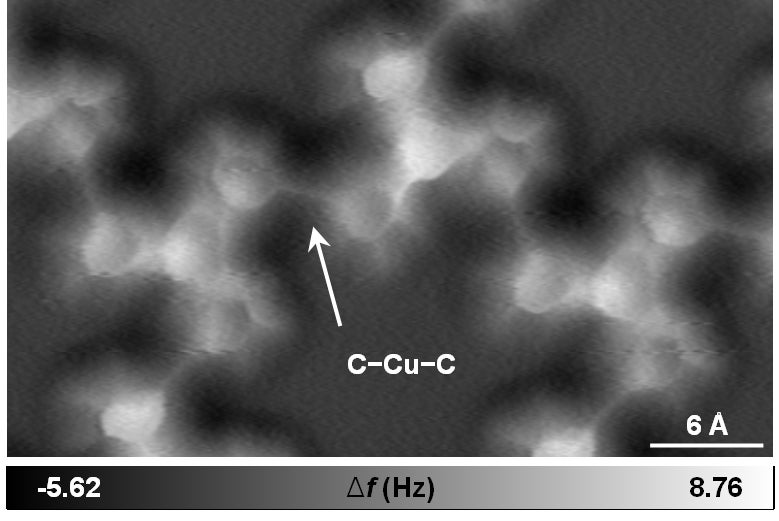
Controlling molecular arrangements using selenium doping
September 16, 2024Physicists from the National University of Singapore (NUS) have achieved controlled conformational arrangements in nanostructures using a flexible precursor and…
Read More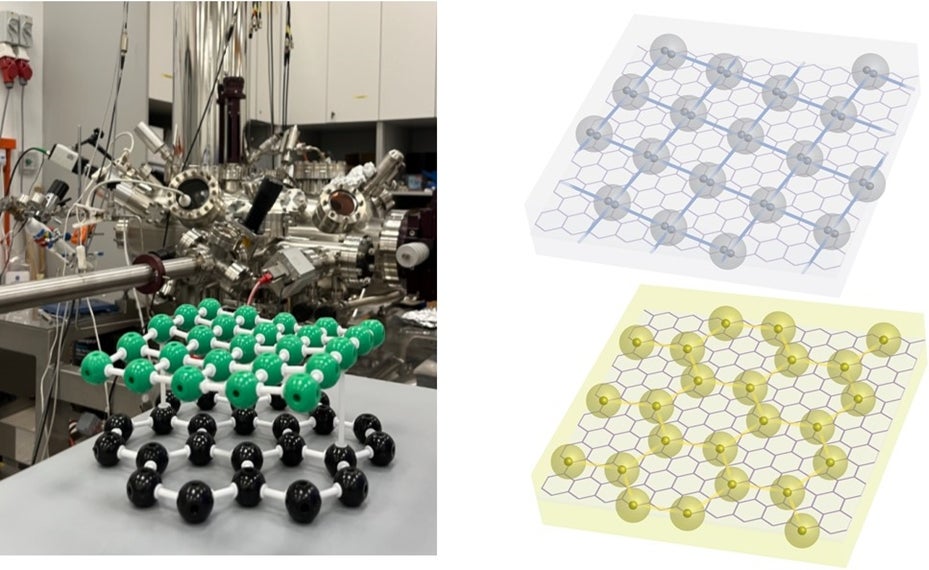
Breaking new ground for computing technologies with electron-hole crystals
July 30, 2024When the number of electrons matches host lattice sites in a material, strong interactions between electrons can cause them to…
Read More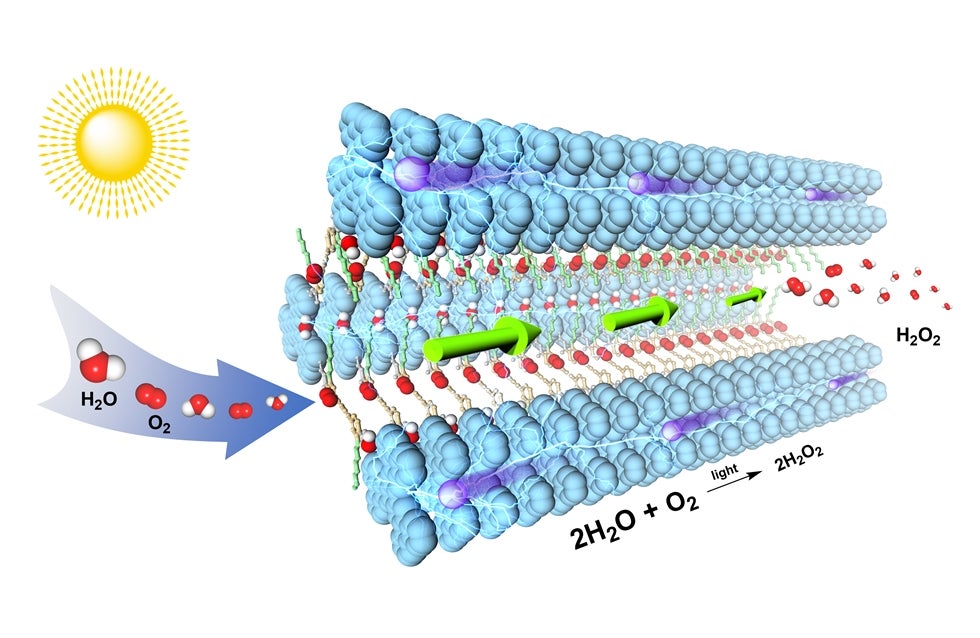
Artificial photosynthesis to produce hydrogen peroxide
June 14, 2024National University of Singapore (NUS) chemists have developed hexavalent photocatalytic covalent organic frameworks (COFs) which mimic natural photosynthesis for the…
Read More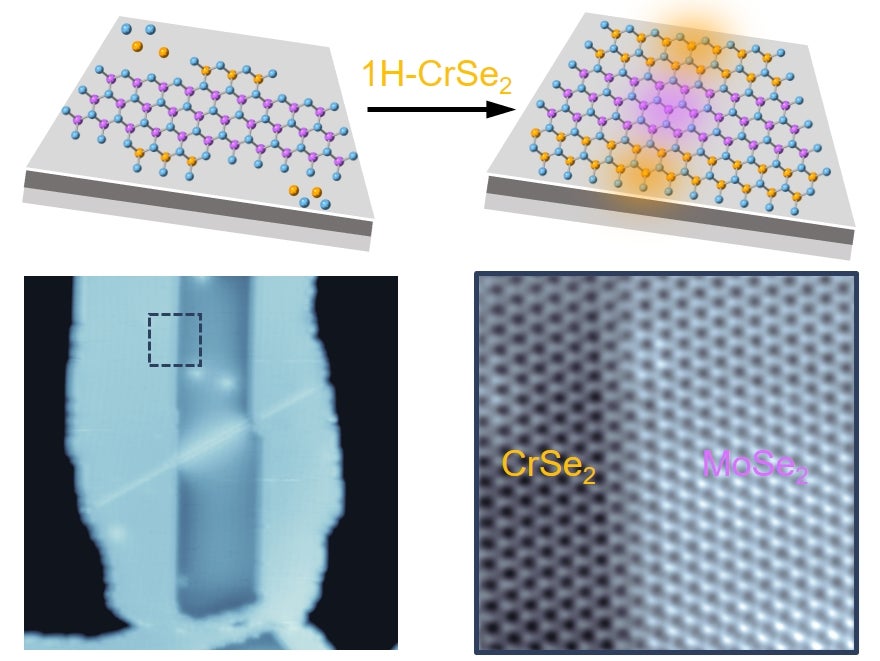
Phase-selective lateral heteroepitaxial growth
May 23, 2024National University of Singapore (NUS) researchers have developed a novel phase-selective in-plane heteroepitaxial strategy for growing two-dimensional transition metal dichalcogenides…
Read More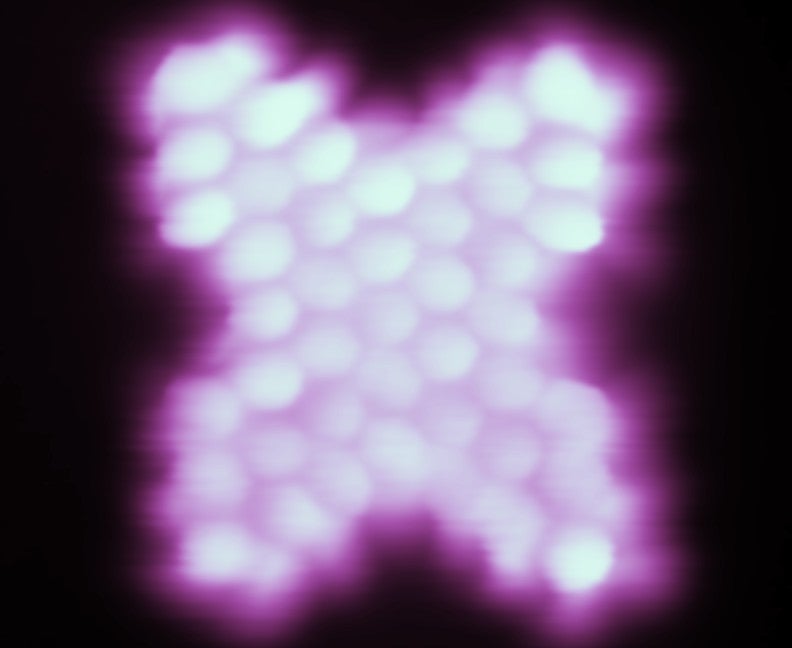
A magnetic “butterfly” with entangled spins for quantum technologies
April 15, 2024National University of Singapore (NUS) researchers have developed a new design concept for creating next-generation carbon-based quantum materials, in the…
Read More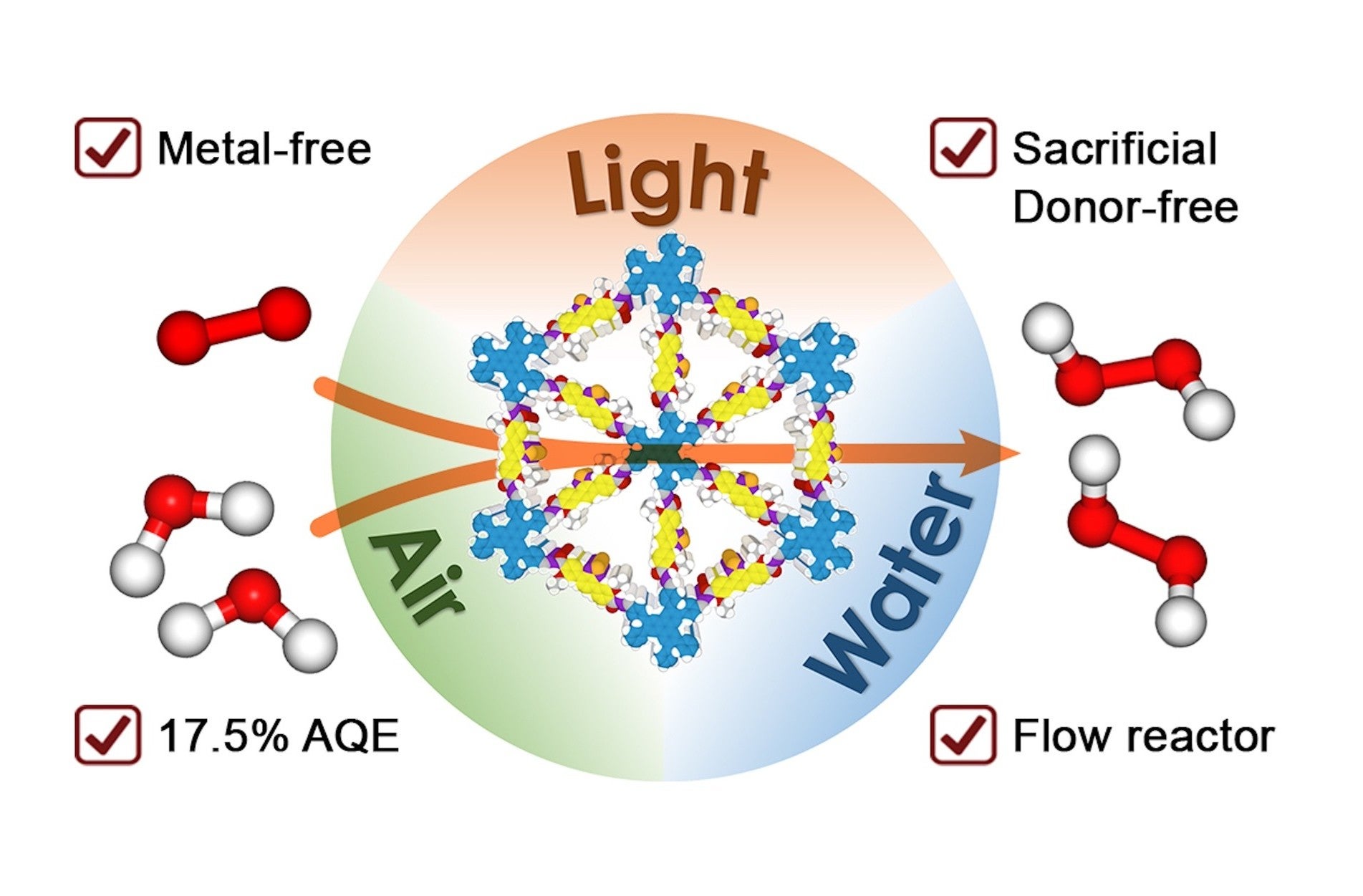
Photosynthesis with water and air
February 28, 2024National University of Singapore (NUS) researchers have developed a microporous covalent organic framework with dense donor–acceptor lattices and engineered linkages…
Read More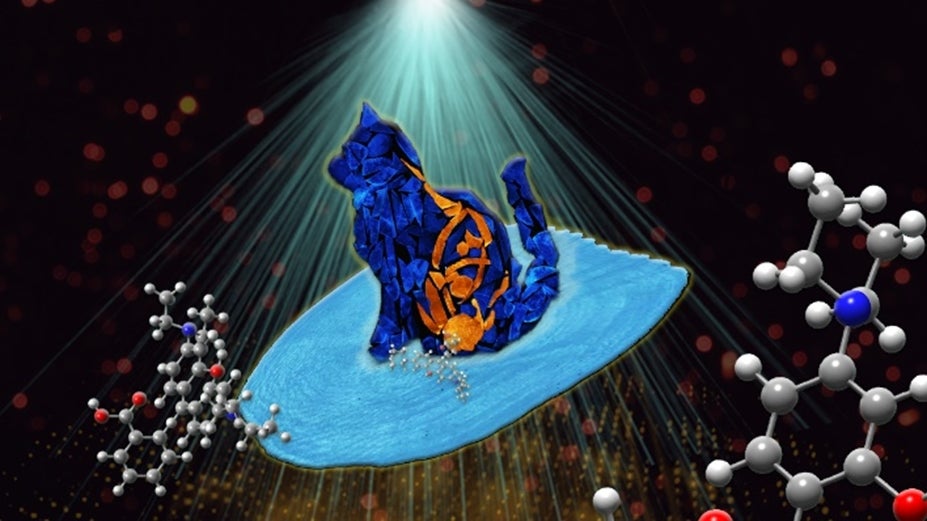
Fish scale waste: A sustainable solution for security and pollution control
February 26, 2024National University of Singapore (NUS) physicists have developed a method of converting fish scale waste into a versatile material with…
Read More
Photon upconversion: Steering light with supercritical coupling
February 22, 2024National University of Singapore (NUS) researchers have unveiled a novel concept termed “supercritical coupling” that enables a several-fold increase in…
Read More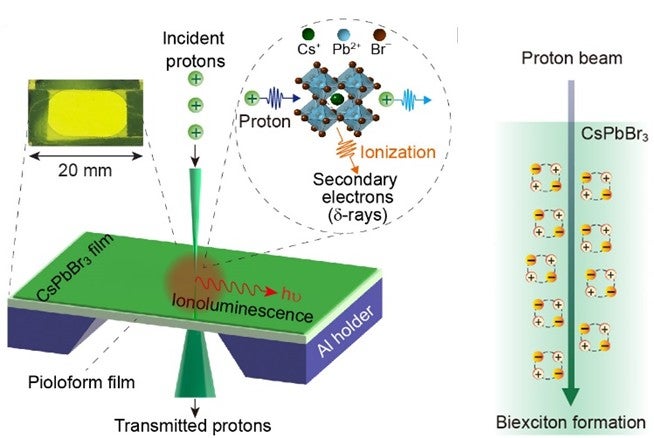
Single proton illuminates perovskite nanocrystals-based transmissive thin scintillators
February 01, 2024National University of Singapore (NUS) researchers have developed a transmissive thin scintillator using perovskite nanocrystals, designed for real-time tracking and…
Read More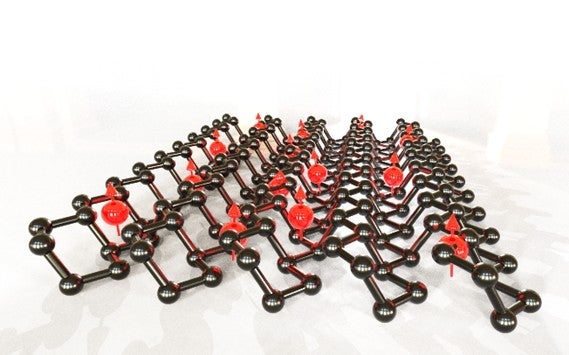
Black phosphorus propels spintronics with exceptional anisotropic spin transport
January 19, 2024With modern electronic devices approaching the limits of Moore’s law and the ongoing challenge of power dissipation in integrated circuit…
Read More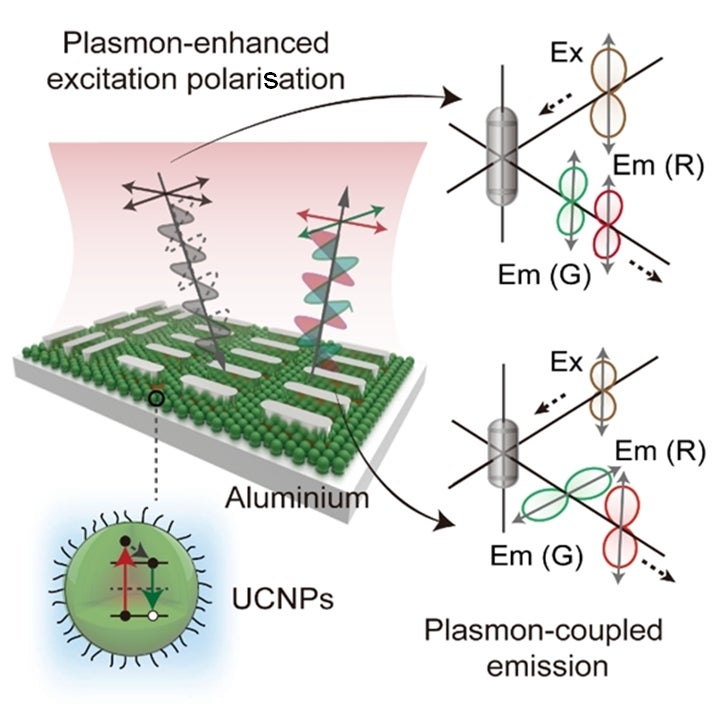
Anisotropic plasmon engineering unlocks multilevel polarised upconversion
January 10, 2024National University of Singapore (NUS) researchers have introduced an upconversion plasmonphore platform to enable precise control over the polarisation of…
Read More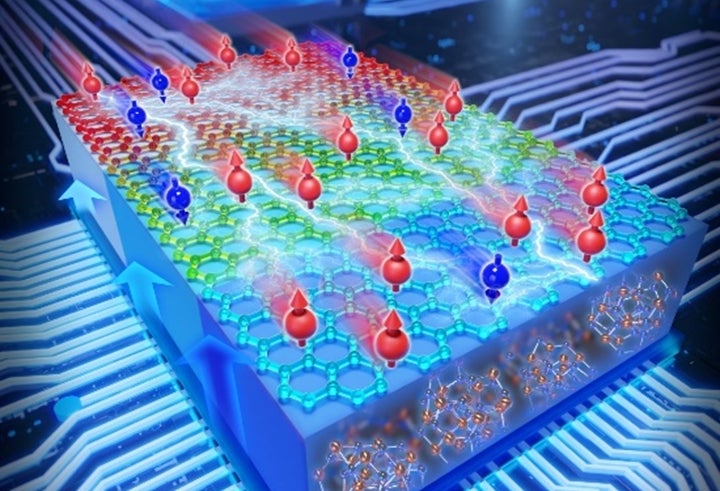
Magnetic graphene for low-power electronics
November 23, 2023National University of Singapore (NUS) physicists have developed a concept to induce and directly quantify spin splitting in two-dimensional materials….
Read More

